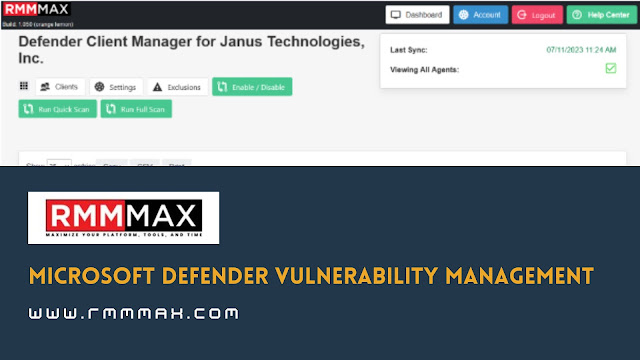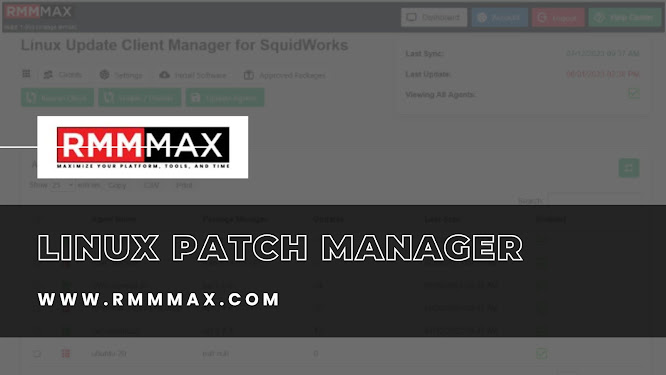Streamlining System Updates: The Essential Role Of Linux Update Managers
In the world of operating systems, Linux stands out for its reliability, security, and open-source nature. One of the critical aspects of maintaining a Linux-based system is managing updates effectively. Enter the Linux Update Manager—an essential tool that simplifies the process of updating software packages, ensuring system security, stability, and optimal performance.
Automated Software Updates:
It offers automated software updates, streamlining the process of keeping software packages current. They provide a centralized platform that automatically checks for available updates, fetching and installing them seamlessly, reducing the manual effort required for system maintenance.
Enhanced System Security:
Regular updates are crucial for maintaining system security. Update Managers promptly deliver security patches, bug fixes, and vulnerability updates to protect the system against potential threats. Timely updates ensure that the system remains resilient against emerging security risks.
Improved Stability and Reliability:
Keeping software packages up to date is vital for system stability and reliability. Managers ensure that the latest versions of applications and dependencies are installed, minimizing compatibility issues, and enhancing overall system performance.
Package Management and Dependency Resolution:
Update Managers efficiently handle package management and dependency resolution. They manage software repositories, resolve dependencies, and prioritize updates, ensuring a smooth and conflict-free update process.
Customizable Update Preferences:
Users have the flexibility to customize update preferences based on their requirements. Managers offer options to schedule updates, choose update sources, or prioritize specific software packages, allowing users to tailor the update process to suit their needs.
Notification and Reporting Capabilities:
These managers provide notification mechanisms to alert users about available updates. Notifications can be configured to notify users when updates are available, ensuring that users stay informed about the latest software changes.
Rollback and Recovery Options:
In case an update causes issues or conflicts, they often offer rollback or recovery options. Users can revert to the previous version of software packages or undo specific updates to maintain system stability.
Community Support and Documentation:
Most update managers benefit from extensive community support and documentation. Users can access forums, user guides, and online communities to seek assistance, troubleshoot issues, or explore best practices related to update management.
Integration With Package Management Systems:
They seamlessly integrate with package management systems such as APT (Advanced Package Tool), YUM (Yellowdog Updater, Modified), or DNF (Dandified YUM). This integration ensures efficient retrieval and installation of updates from designated repositories.
Cross-Distribution Compatibility:
Many are designed to be compatible across different Linux distributions, offering a unified update experience regardless of the distribution being used.
Conclusion
Linux Update Managers play a pivotal role in maintaining the health, security, and performance of Linux-based systems. By automating the update process, ensuring system security, and providing customization options, these managers simplify system maintenance, making them indispensable tools for Linux users aiming to keep their systems up-to-date, secure, and running smoothly.



Comments
Post a Comment